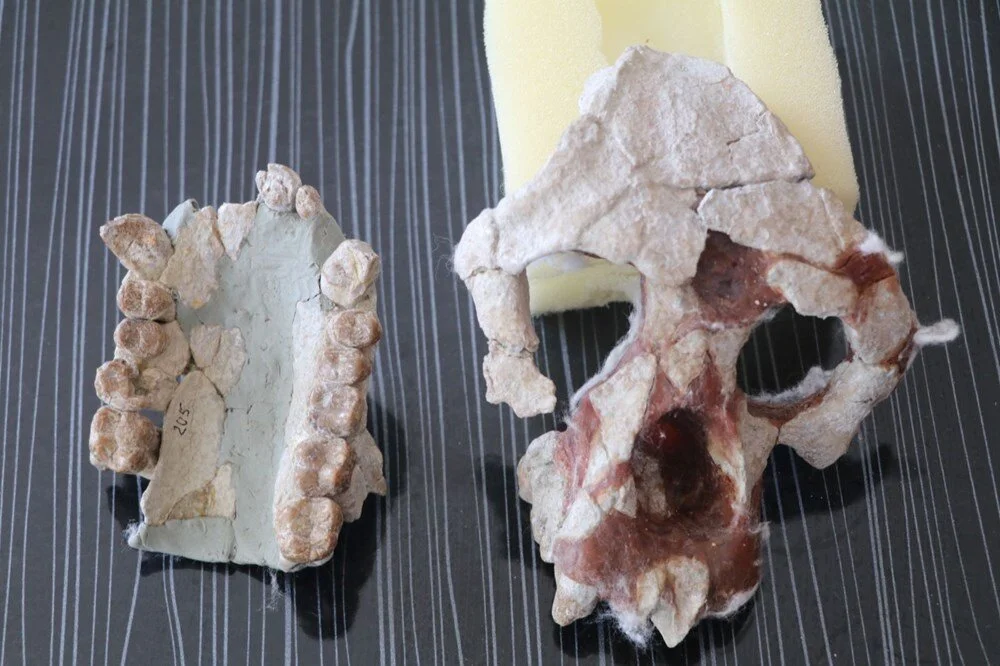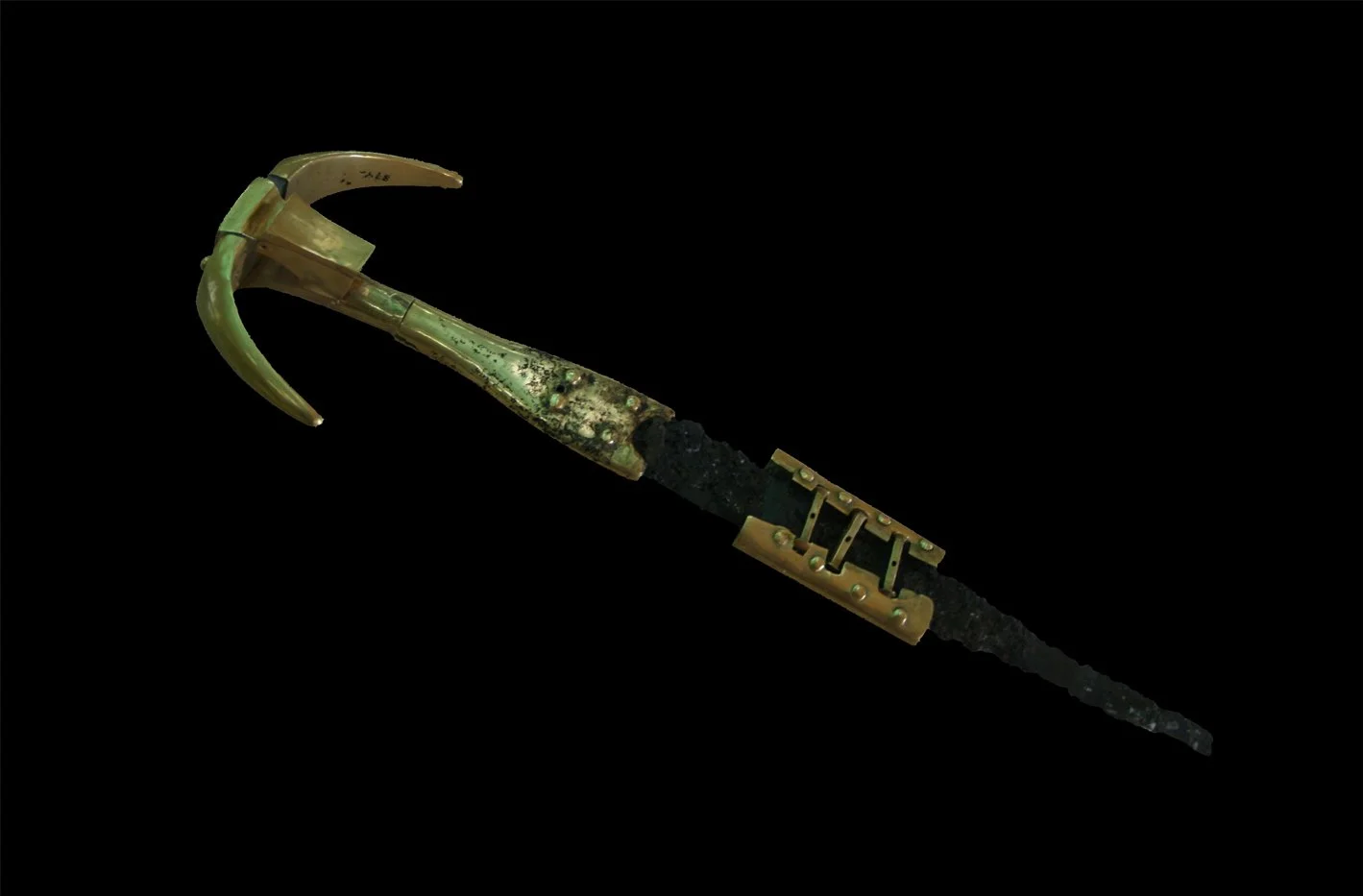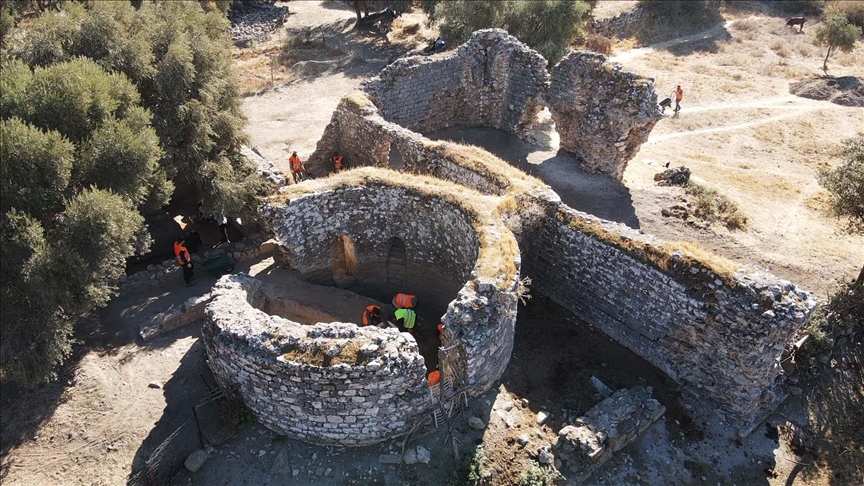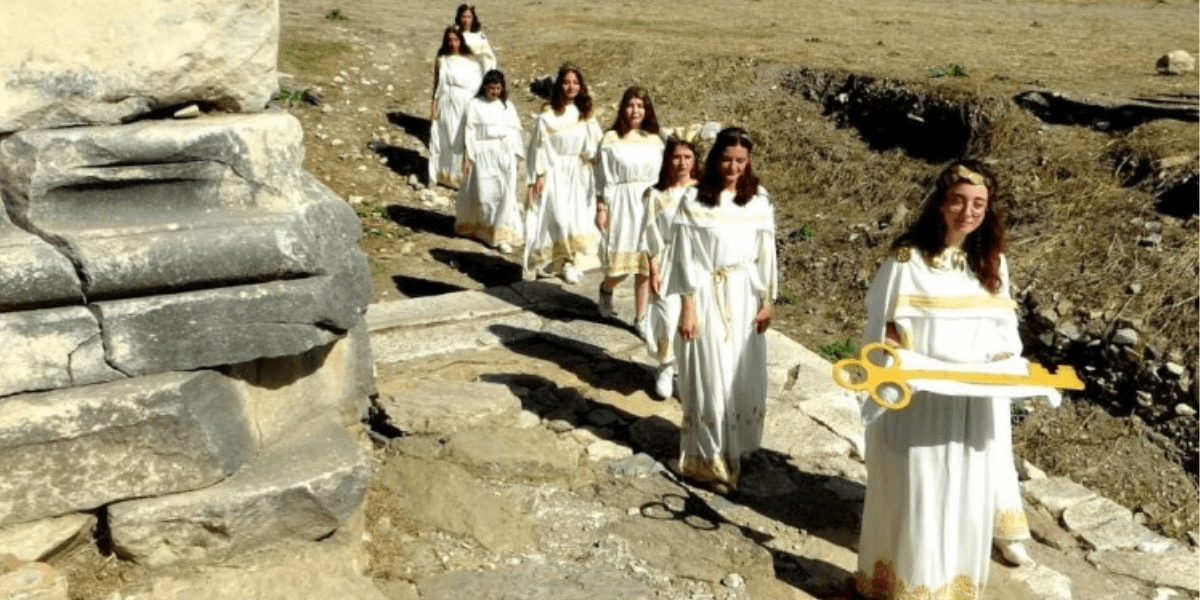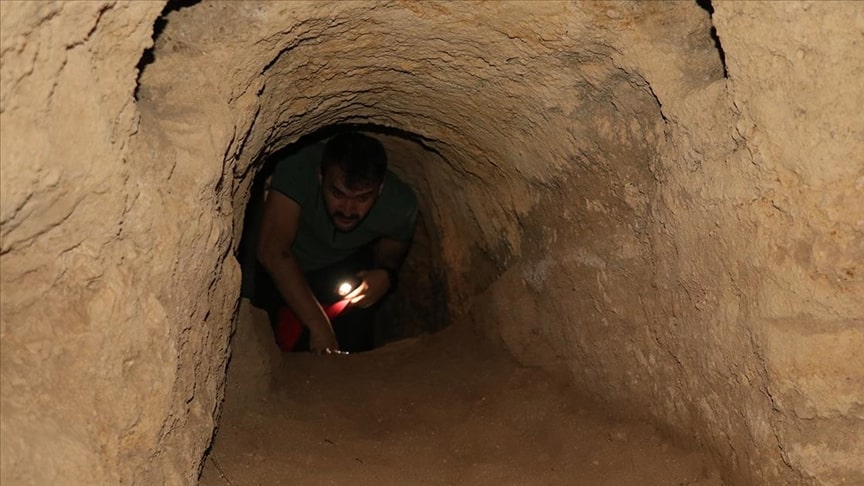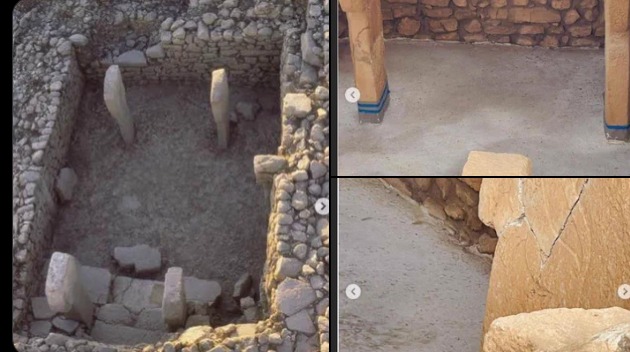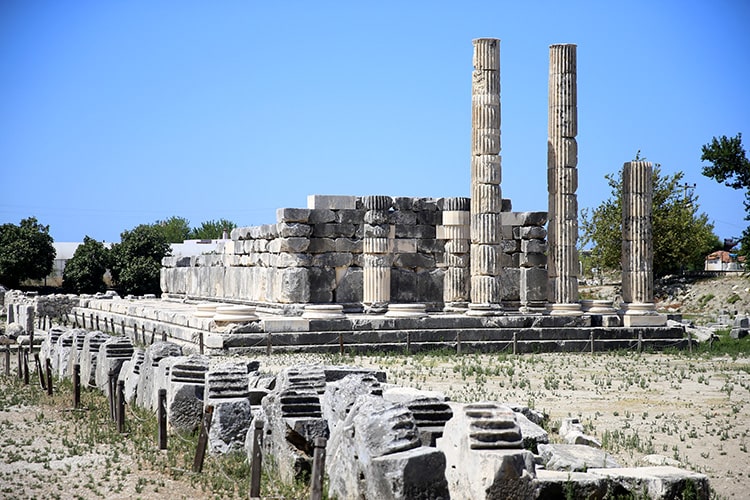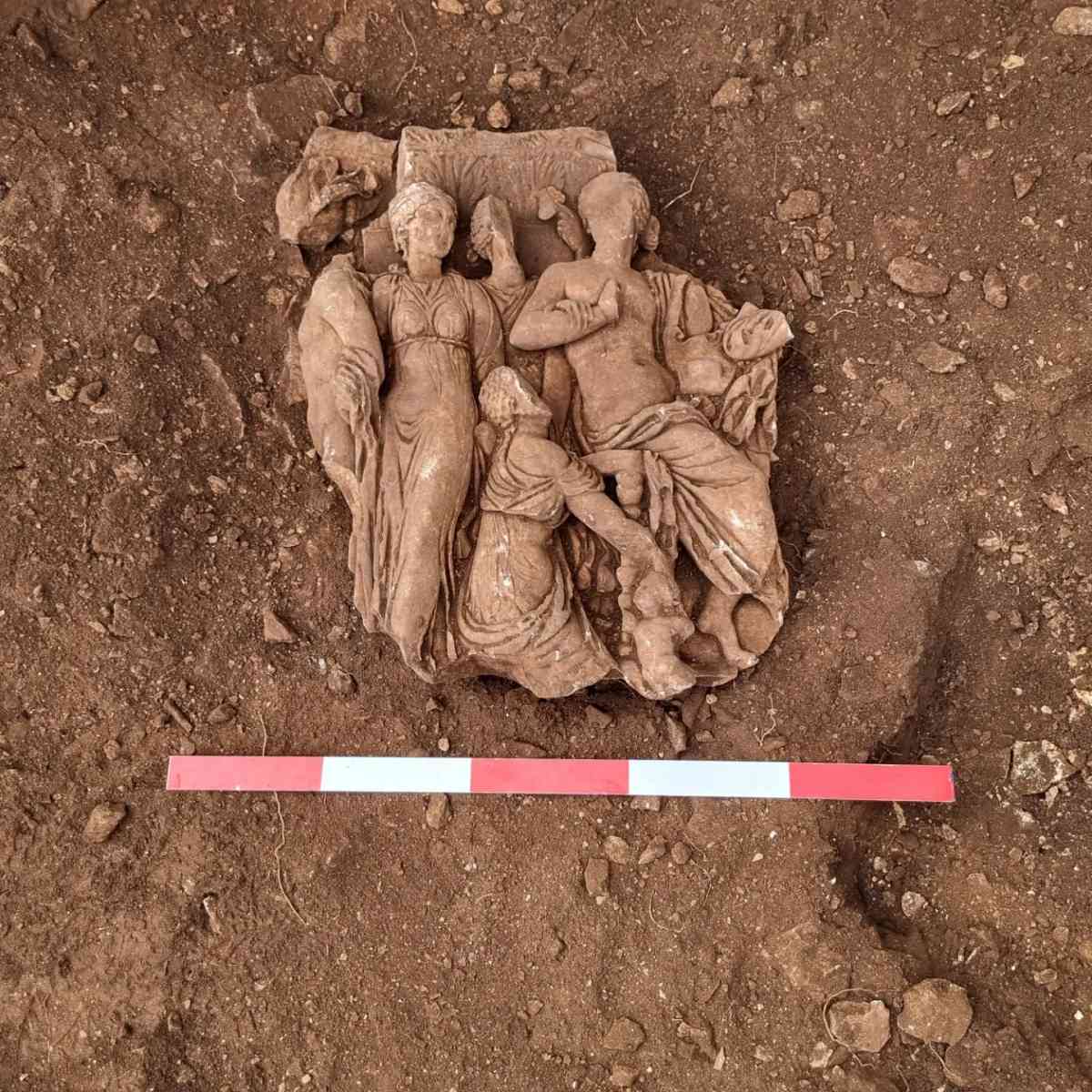In the Çorakyerler Vertebrate Fossil Site, also known as Turkey’s “Jurassic Park”, approximately 9 million years old fossils belonging to 4 species have been brought to the scientific world.
The Çorakyerler Vertebrate Fossil Locality is situated on the Yapraklı road in Çankırı Province, approximately 4-5 km away from the city center, within the Fatih neighborhood.
Under the leadership of Prof. Dr. Ayla Sevim Erol, the head of the Department of Anthropology at Ankara University’s Faculty of Languages, History, and Geography, excavations have been ongoing for 22 years. Up to this day, a total of 4,169 fossils belonging to 43 species have been unearthed.
Prof. Dr. Ayla Sevim Erol stated, “We have recovered fossil remains from 43 species at Çorakyerler Vertebrate Fossil Site. Six of these are unique to Çorakyerler, and four of them have been published in international peer-reviewed scientific journals.”
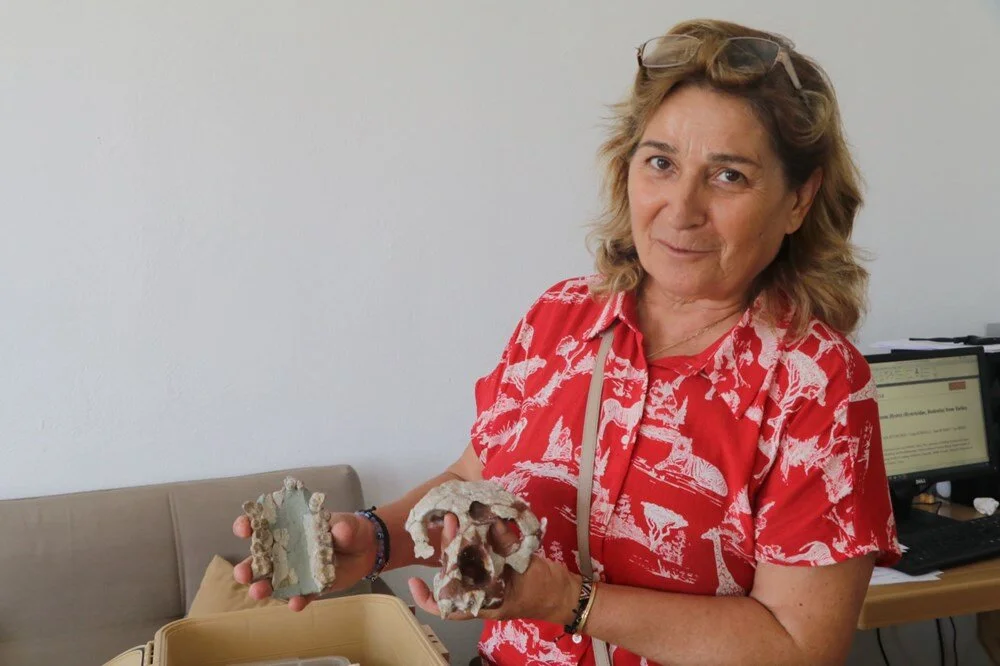
Expressing that they have obtained very important findings from the excavation site, Sevim Erol said, “By naming the animal ‘Chorakensis,’ which refers to Çorakyerler, we are trying to introduce this species. It is a type that lived in the Çankırı region. So far, its characteristics indicate that it lived only in Çankırı. These are mostly species belonging to the class of bovids, larger than goats but smaller in morphology than deer. The species we call Chorakensis is similar to the Tibetan yak in appearance because it lived in China, in the region of Tibet.”
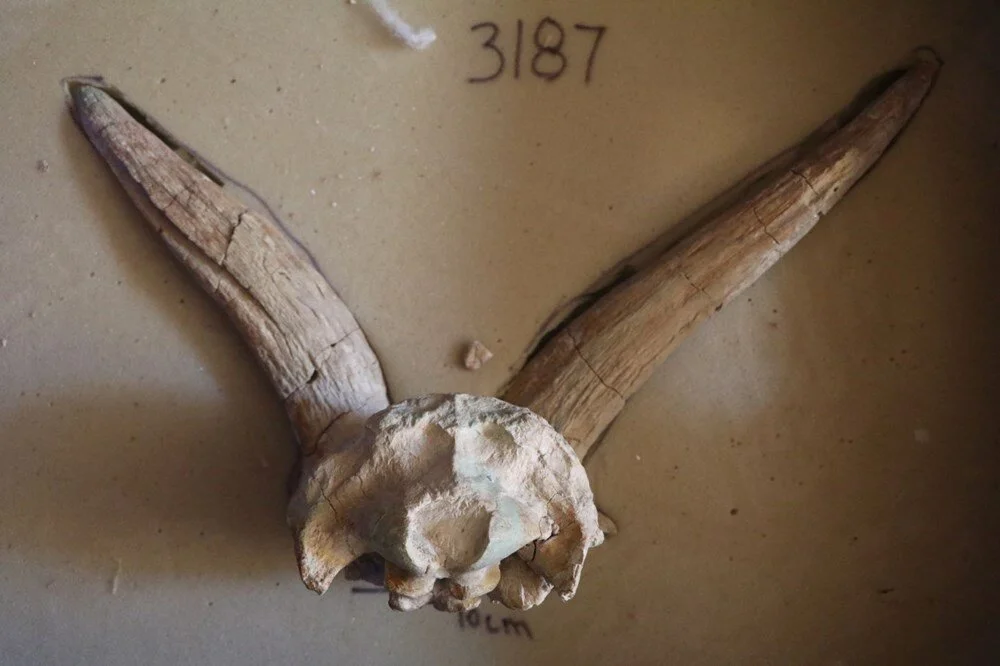
Sevim Erol mentioned that a fossil belonging to an antelope-like creature was also discovered during the excavations, and it was named “Gangraia anatolica.” She stated, “Another new species we found is Gangraia anatolica. This is a species to which we have given a new name. Gangraia was one of the ancient names of Çankırı. This is a species that falls between deer and goats in terms of size, and once again, it was found only in Çankırı.”
Sevim Erol shared that a fossil belonging to a porcupine-like creature was discovered, and it was named “Hystrix kayae.” She explained, “An animal unique to Çankırı. For this species, we named it after the surname of our Çorakyerler team member from Ege University, Prof. Dr. Tanju Kaya.”
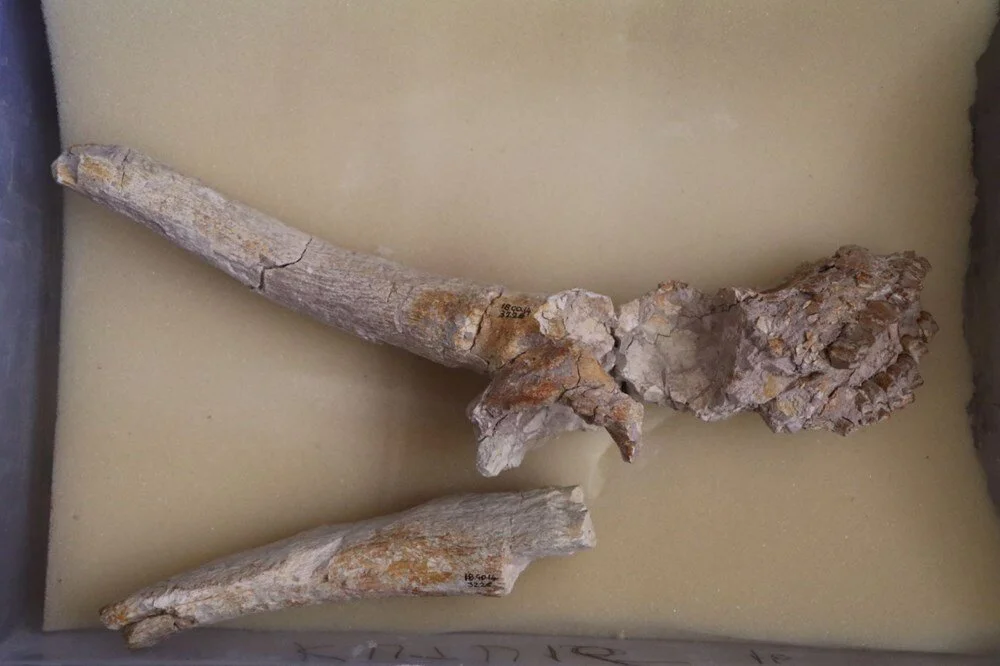
Sevim Erol explained that the fossils of a gorilla-like species named “Anadoluvius turkae” have also been published recently. She stated:
“Recently, a new gorilla-like creature, which we named Anadoluvius turkae, was published in the Nature journal. Although similar ones are found in Greece and Bulgaria, the species we found in Çankırı has very distinct features from them. Of course, we have only obtained facial and dental remains related to this fossil. When we find body remains, we will be able to define it much more clearly. Based on the characteristics of this animal that we have described with the current information, we understand that it lived only in Çankırı province and its surroundings.”
Source AA

